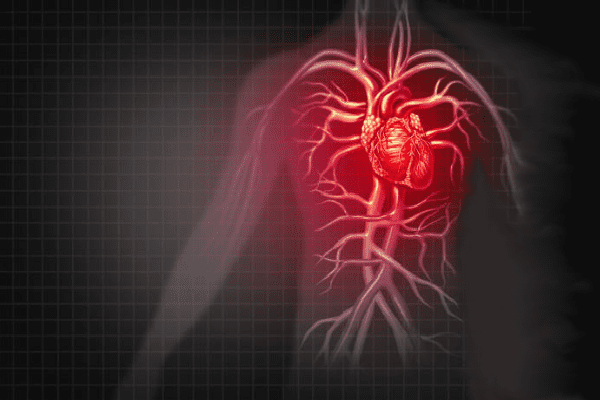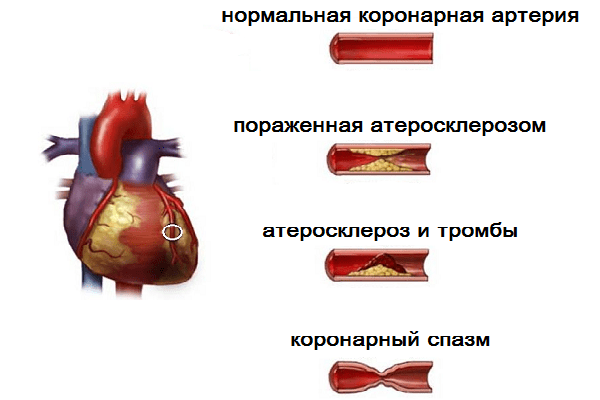Cardiovascular system >>>> Unstable angina pectoris - principles of treatment
Unstable angina pectoris - principles of treatment.

What is unstable angina?
Unstable angina is understood as a clinical condition of a temporary nature inherent in people who have never suffered from coronary heart disease until now, or associated with a worsening of the condition of patients with ischemic heart disease. Sometimes the condition of unstable angina is considered pre-infarction angina. Unstable angina is a temporary condition and can end in different ways:
- Will go into stable angina,
- Acute myocardial infarction will develop,
- Acute coronary insufficiency develops, ending with a lethal outcome,
- Proceeds to recovery.
There are various reasons for unstable angina:
- Atherosclerotic changes in the coronary arteries of the heart,
- Spasm of the coronary heart vessels,
- A combination of both reasons.
Signs of unstable angina pectoris:
For unstable angina pectoris, pain symptoms are characteristic both at rest and in a state of tension of the body (physical or neuropsychic). Most often, unstable angina develops at the time of a sharp increase in physical activity or emotional overstrain.
Unlike ordinary angina pectoris, in which pain symptoms disappear when taking nitroglycerin, unstable angina pectoris is characterized by prolonged painful attacks that are not removed by nitroglycerin.

Treatment of unstable angina pectoris.
The diagnosis of unstable angina pectoris is based on the study of the clinical symptoms of the patient's condition and monitoring the state of the myocardium, coronary vessels, and the functional state of the left ventricle. At the final diagnosis, as well as taking into account the age characteristics, the patient's sex and the history of the disease, the methods of treatment are chosen: medicinal and surgical.
Patients diagnosed with unstable angina are hospitalized and treated with medication in intensive care units. At the same time, nitrates of prolonged action, blockers of beta-adrenergic receptors, calcium antagonists, intravenous nitroglycerin are used. Good results are obtained by the method of intra-aortic counterpulsation - pumping blood into the aorta using a pump or emergency angioplasty of the coronary arteries (introduction of a thin catheter into the artery with a balloon at the end, inflating and restoring its lumen).
Surgical treatment of unstable angina (coronary artery bypass grafting) is indicated after stabilization of the coronary circulation.
The prognosis for the treatment of unstable angina pectoris depends on the state of the coronary vessels (the multiplicity and severity of coronary vascular lesions) and the effectiveness of drug therapy, since surgery is safe to perform only during a period of stable blood circulation in the coronary vessels.

Read

Read


























